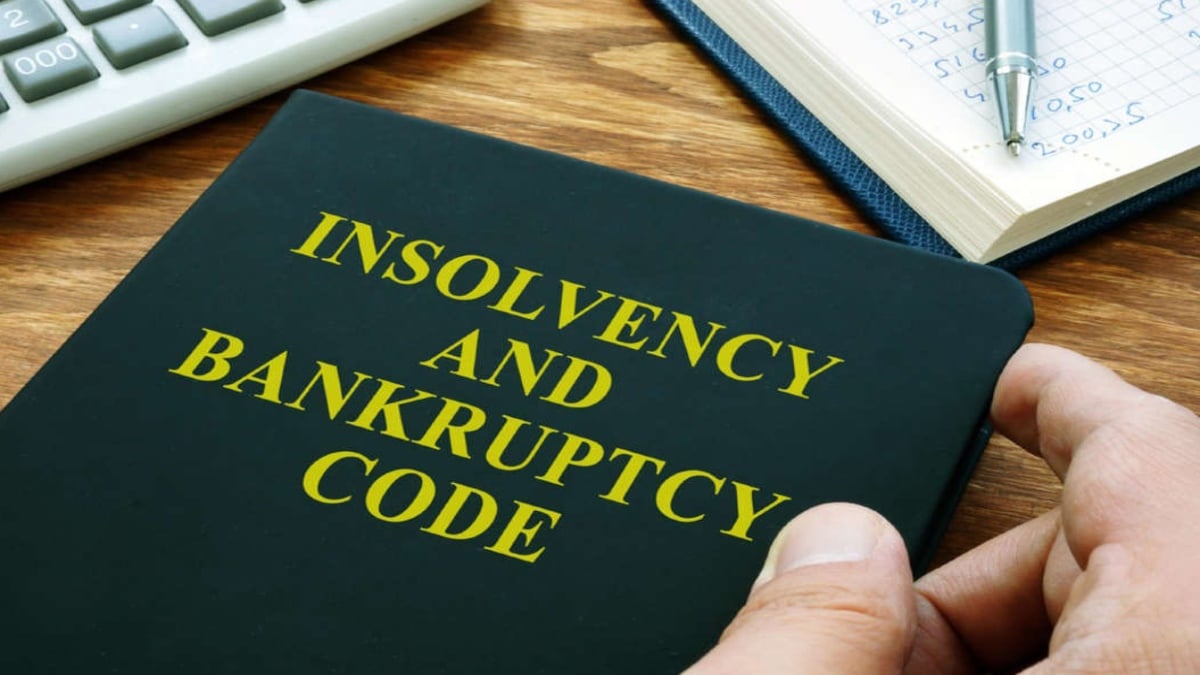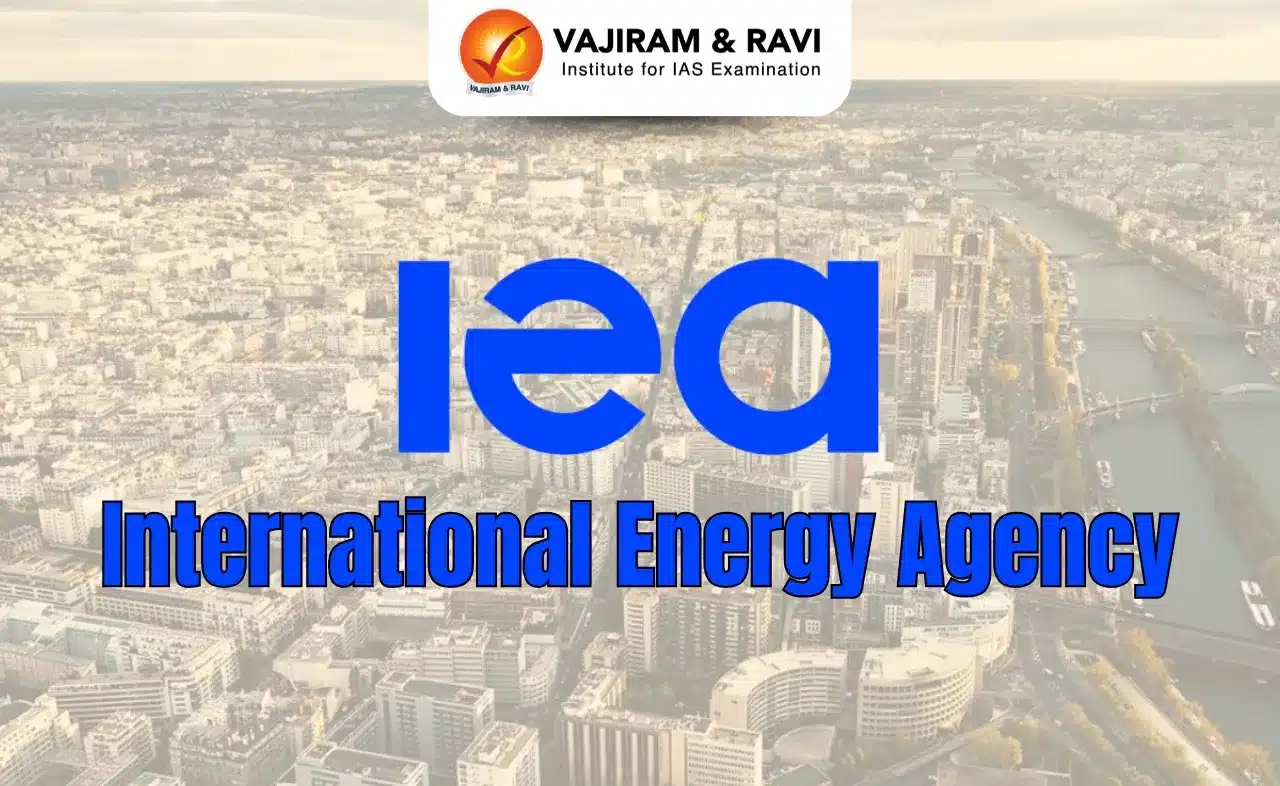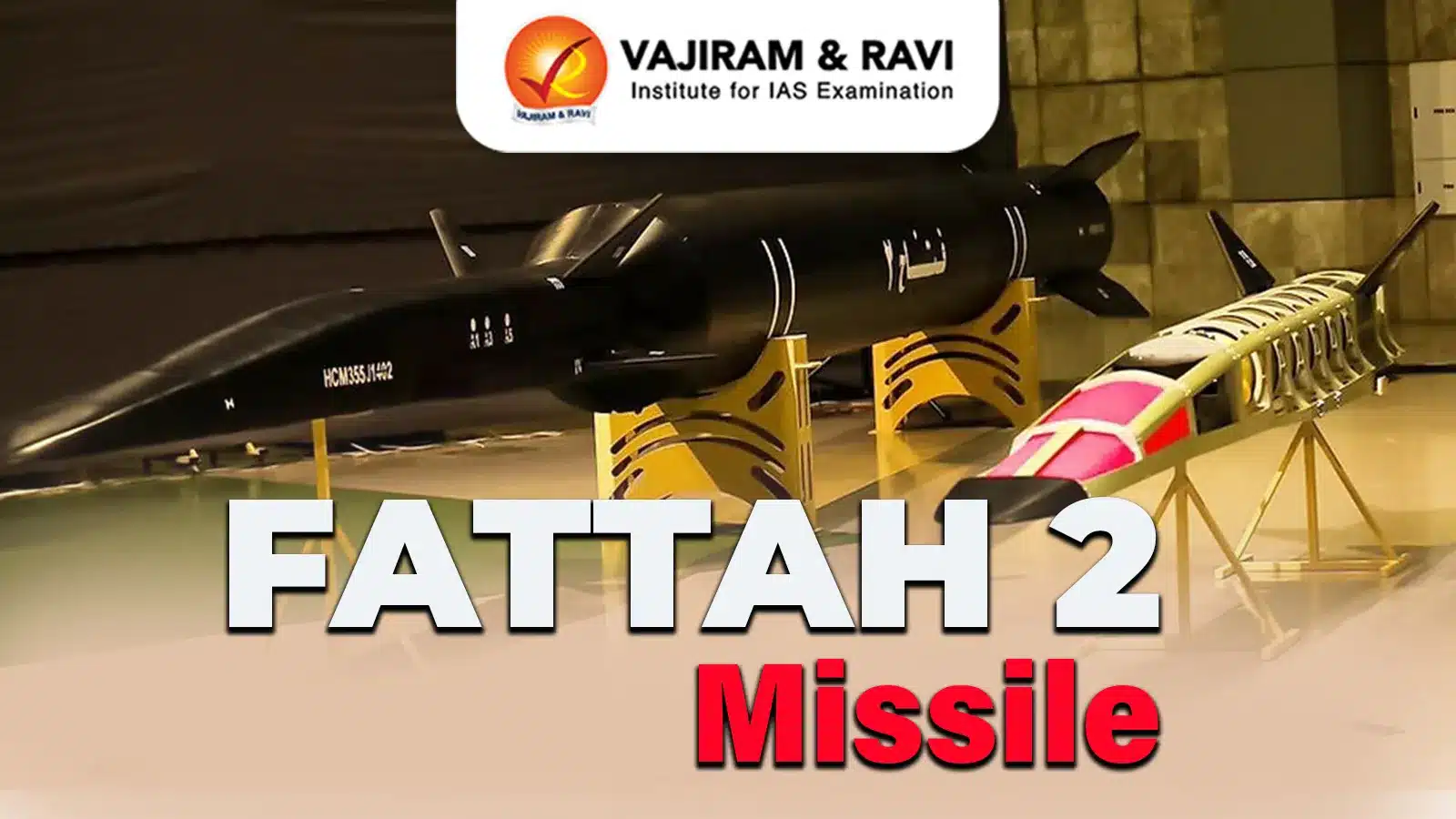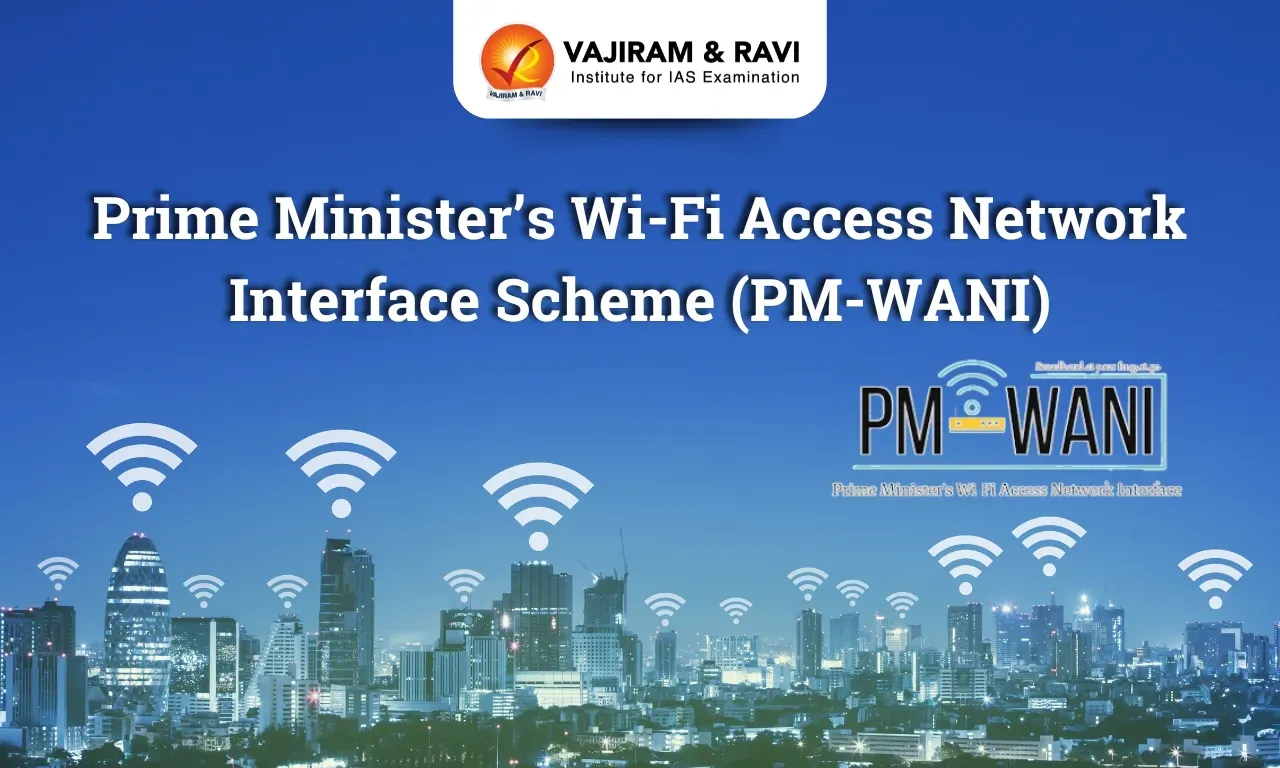About Insolvency and Bankruptcy Code, 2016
- It is the bankruptcy law of India which seeks to consolidate the existing framework by creating a single law for insolvency and bankruptcy.
- It provides for a time-bound process to resolve insolvency.
- Applicability: The provisions of the Code are applicable to companies, limited liability entities, firms, and individuals (i.e. all entities other than financial service providers).
- Timeframe for completion of the exercise:
- Companies have to complete the entire insolvency exercise within 180 days under the IBC. The deadline may be extended if the creditors do not raise objections to the extension.
- For smaller companies, including startups with an annual turnover of Rs 1 crore, the whole exercise of insolvency must be completed in 90 days, and the deadline can be extended by 45 days.
- If debt resolution doesn’t happen, the company goes for liquidation.
- Who regulates the IBC proceedings?
- The Insolvency and Bankruptcy Board of India (IBBI) has been appointed as a regulator and it can oversee these proceedings.
- IBBI has 10 members appointed by the Central Government.
- IBBI regulates insolvency professionals, insolvency professional agencies, and information utilities set up under the Code.
- Who facilitates the insolvency resolution? A licensed professional administer the resolution process, manage the assets of the debtor, and provide information for creditors to assist them in decision-making.
- Who adjudicates over the proceedings?
- The proceedings of the resolution process will be adjudicated by the National Companies Law Tribunal (NCLT) for companies and the Debt Recovery Tribunal for individuals.
- The courts approve initiating the resolution process, appointing the insolvency professional, and giving nod to the final decision of creditors.
- What is the procedure to resolve insolvency under the Code?
- When a default occurs, the resolution process may be initiated by the debtor or creditor.
- The insolvency professional administers the process.
- The professional provides financial information of the debtor from the information utilities to the creditor and manages the debtor’s assets.
- This process lasts for 180 days, and any legal action against the debtor is prohibited during this period.
- What does the committee of creditors do?
- A committee consisting of the financial creditors who lent money to the debtor is formed by the insolvency professional.
- The creditors’ committee decides the future of the outstanding debt owed to them.
- They may choose to revive the debt owed to them by changing the repayment schedule or selling the assets of the debtor to get their dues back.
- If a decision is not taken in 180 days, the debtor’s assets go into liquidation.
- What happens under liquidation?
- If the debtor goes into liquidation, an insolvency professional administers the liquidation process.
- Proceeds from the sale of the debtor’s assets are distributed in the following order: First, insolvency resolution costs, including the remuneration to the insolvency professional; second, secured creditors, whose loans are backed by collateral; and third, dues to workers, other employees; forth, unsecured creditors.
Q1) What is Insolvency and Bankruptcy ?
Insolvency is when an individual or company can no longer meet their financial obligations to lenders as debts become due. Bankruptcy is a legal process that provides protection and relief for individuals who are unable to pay off their debts. Insolvency is a financial state whereas bankruptcy is a legal declaration and process.
Source: Supreme Court upholds validity of key provisions of Insolvency and Bankruptcy Code
Last updated on June, 2025
→ UPSC Notification 2025 was released on 22nd January 2025.
→ UPSC Prelims Result 2025 is out now for the CSE held on 25 May 2025.
→ UPSC Prelims Question Paper 2025 and Unofficial Prelims Answer Key 2025 are available now.
→ UPSC Calendar 2026 is released on 15th May, 2025.
→ The UPSC Vacancy 2025 were released 1129, out of which 979 were for UPSC CSE and remaining 150 are for UPSC IFoS.
→ UPSC Mains 2025 will be conducted on 22nd August 2025.
→ UPSC Prelims 2026 will be conducted on 24th May, 2026 & UPSC Mains 2026 will be conducted on 21st August 2026.
→ The UPSC Selection Process is of 3 stages-Prelims, Mains and Interview.
→ UPSC Result 2024 is released with latest UPSC Marksheet 2024. Check Now!
→ UPSC Toppers List 2024 is released now. Shakti Dubey is UPSC AIR 1 2024 Topper.
→ Also check Best IAS Coaching in Delhi
























